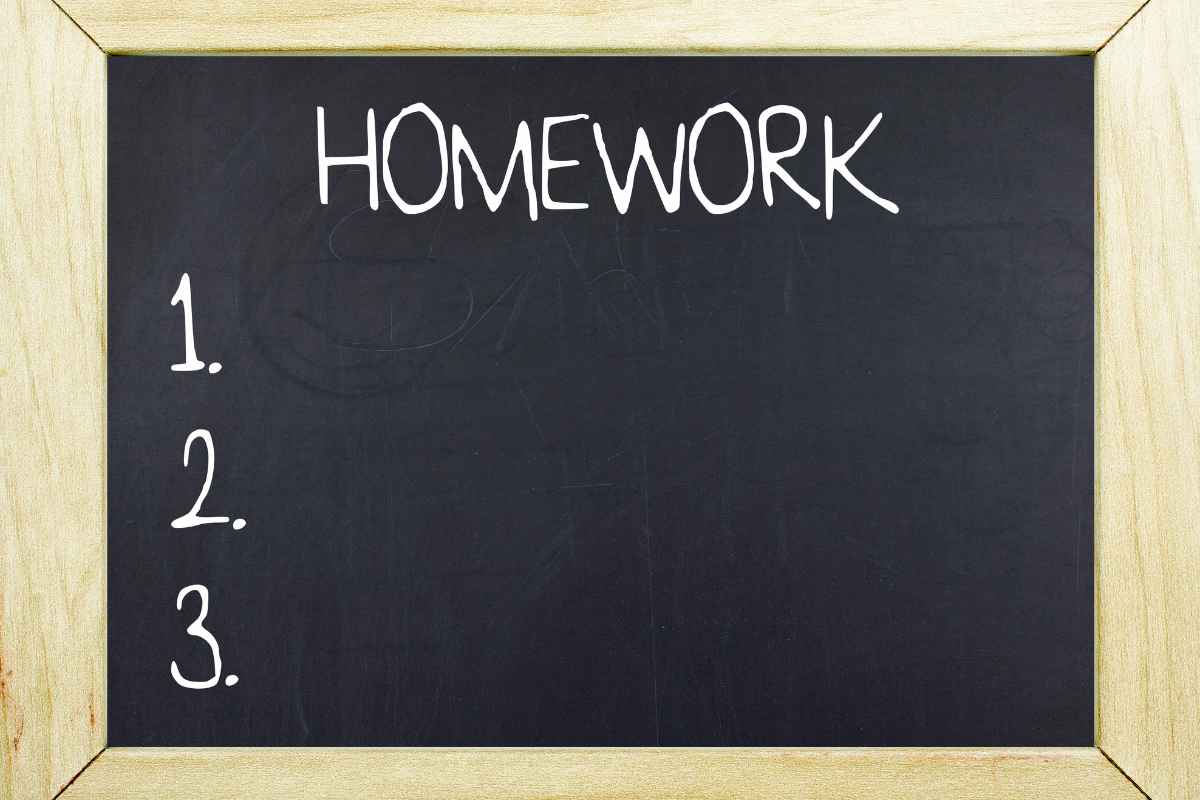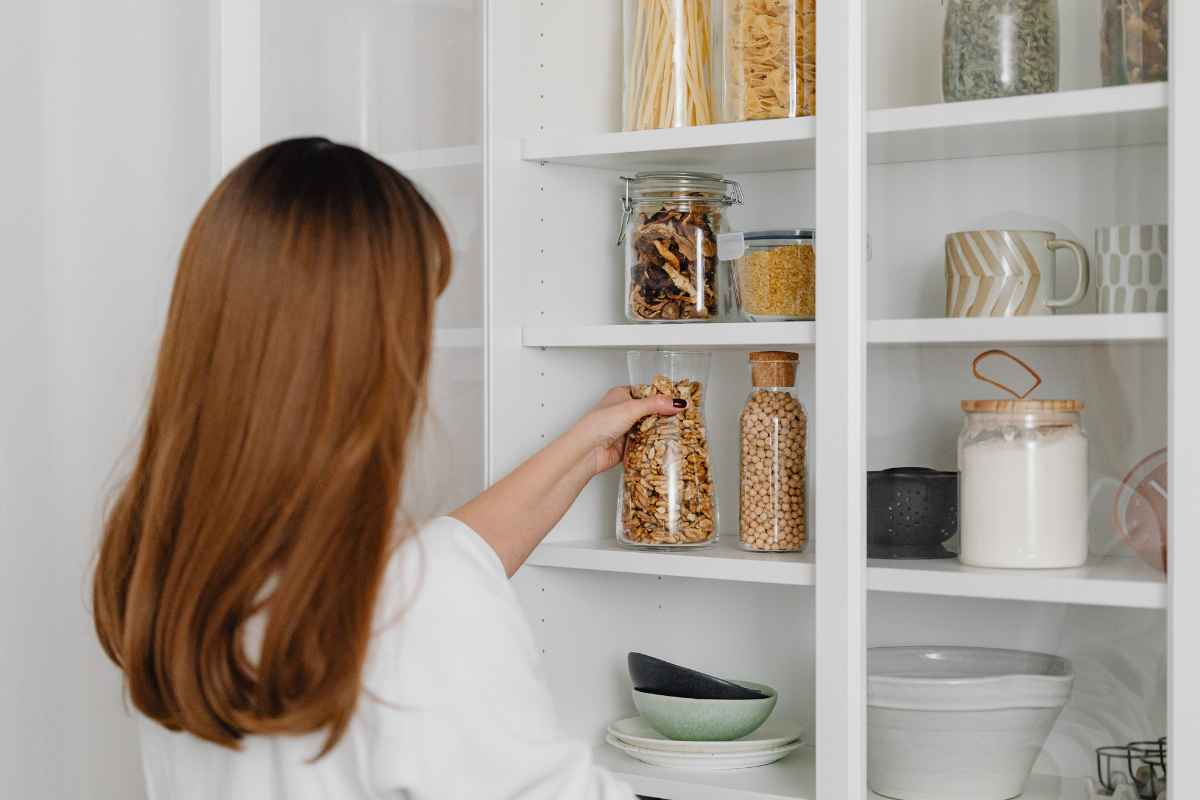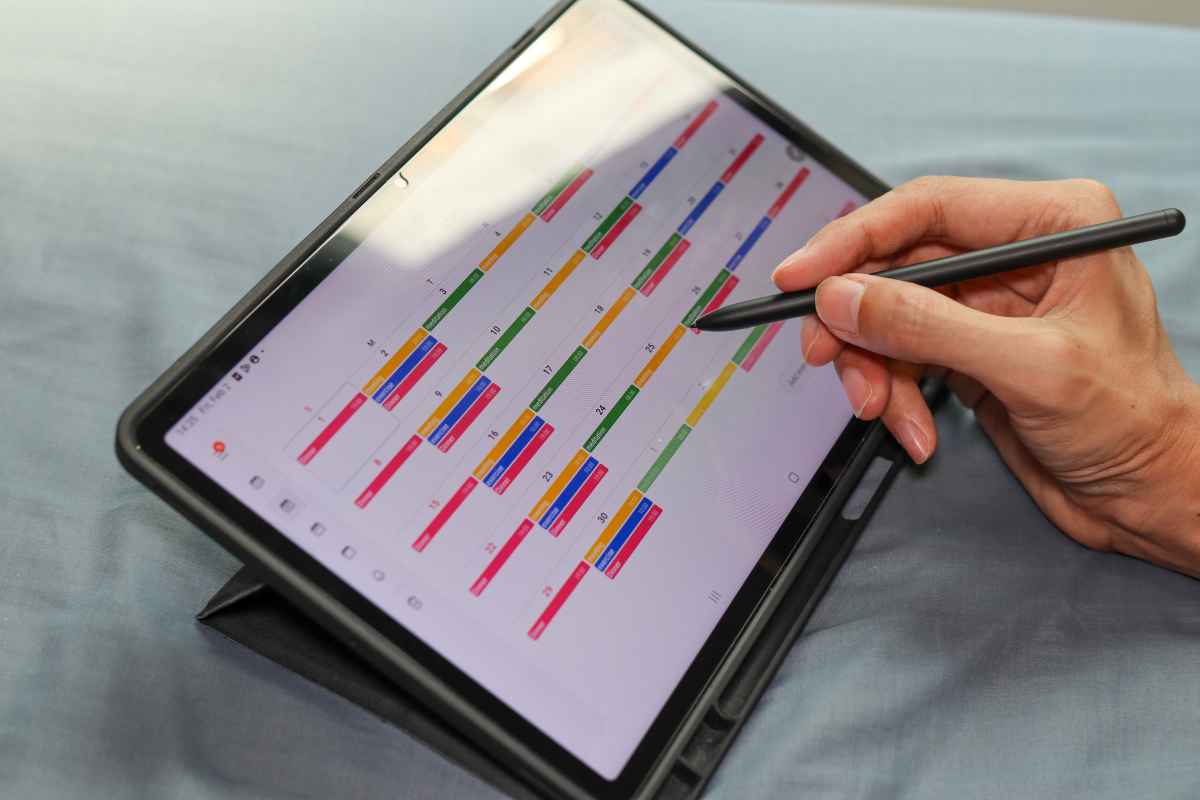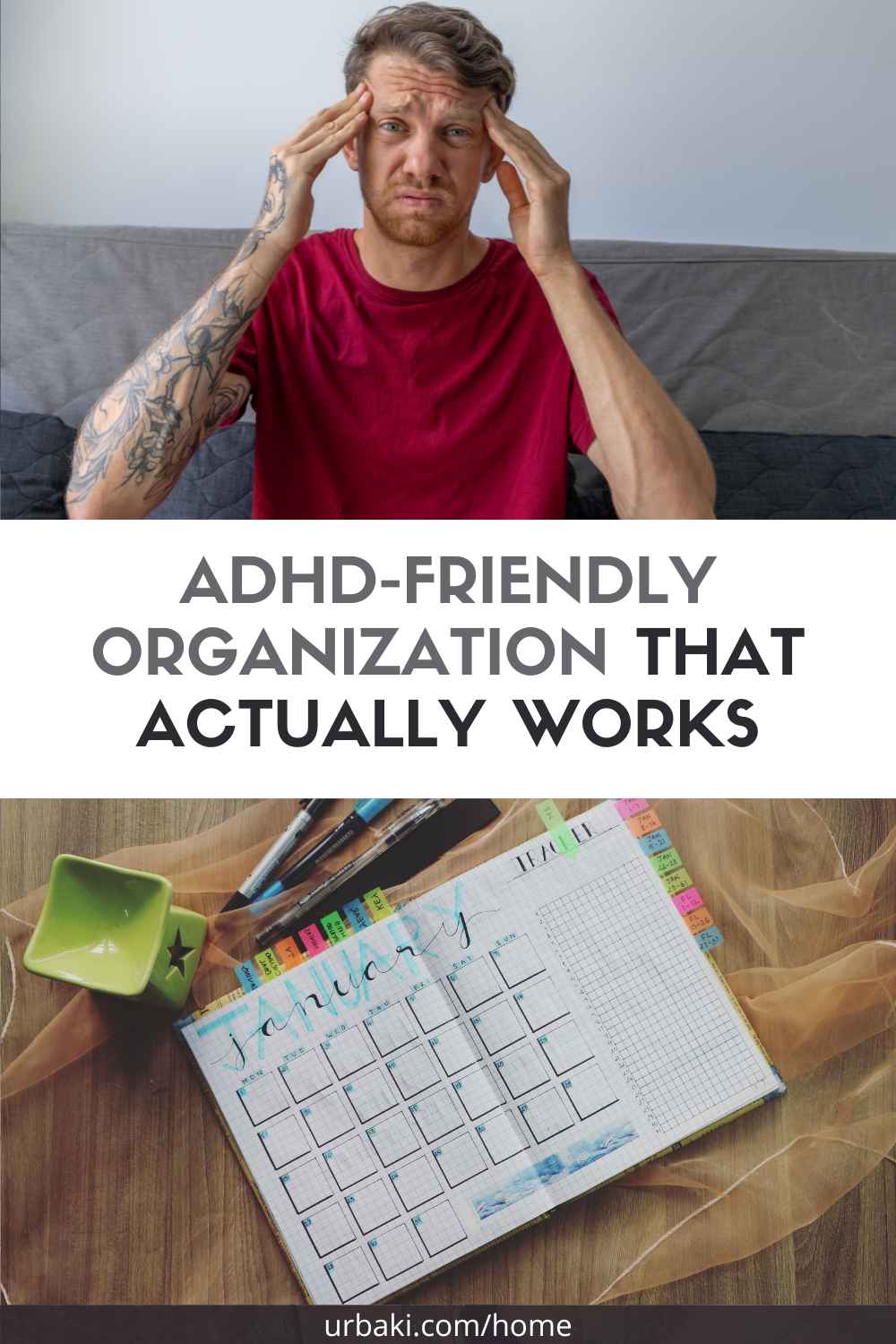ADHD-Friendly Organization That Actually Works

Staying organized can be a real challenge for those with Attention Deficit Hyperactivity Disorder (ADHD).
The brain's tendency to jump from one task to the next, difficulty focusing on lengthy tasks, and constant distractions make traditional organization methods less effective.
However, with the right approach, ADHD-friendly organization can lead to increased productivity and reduced stress. This article explores practical strategies that actually work for managing tasks, staying organized, and creating a more efficient environment.
Discover the Best Decor Pieces to Elevate Your Space!
- Safety and Environmental Friendliness: Our electric Candl...
- Fully Dimmable and 12-Hour Timing Function: Enjoy complete...
- Sleek Design, Versatile Usage: Combining classical elegance...
- 💡💡【Triple Display Shelves Lamp】: RUNTOP 63inch...
- 💡💡【3 Color Temperature Floor Lamp】: You can...
- 💡💡【Smart Floor Lamps Design】: This floor lamp with...
- FLAME-FREE & ECO-SAFE: The electric candle warmer gently...
- CONVENIENT AND ADJUSTABLE - Enjoy the convenience of...
- VERSATILE TIMER, DIMMING, AND 24-HOUR CYCLE - Personalize...
Understanding ADHD and Organization
ADHD affects the brain's ability to prioritize, focus, and complete tasks, often resulting in a chaotic environment. For many individuals with ADHD, traditional methods of organization like to-do lists, filing systems, and detailed schedules can feel overwhelming or impractical.
ADHD-friendly strategies focus on simplicity, flexibility, and creating a system that can adapt to the unique needs of someone with ADHD.

The Key to ADHD-Friendly Organization
The primary goal of ADHD-friendly organization is to reduce frustration and increase productivity.
By focusing on methods that align with ADHD tendencies—such as frequent movement, short bursts of focus, and flexibility—individuals can build an environment that supports their needs.
Here are some effective organization strategies that can help:
1. Break Tasks Into Smaller, Manageable Steps
Large tasks can seem intimidating and unachievable for someone with ADHD. Breaking tasks into smaller, manageable steps helps create a sense of accomplishment and reduces feelings of being overwhelmed.
Instead of focusing on the entire project, focus on completing one small step at a time.
For example, if you're working on organizing a room, start with one corner or a small pile of items. Focus on a single task, such as sorting through books or filing papers. Completing small steps can lead to a sense of progress, making the larger task seem less daunting.
Tip: Use a timer to set time limits on each small task, such as 10–15 minutes, to prevent procrastination and keep your mind engaged.
2. Use Visual Cues to Stay Organized
Visual organization is a powerful tool for those with ADHD because it provides constant reminders and simplifies decision-making. The use of labels, color-coding, and clearly defined spaces can help maintain a sense of structure.
Whether it’s color-coded folders for work or labels for kitchen storage, visual cues create a system that is easy to follow without the need for constant mental effort.
For example, using color-coded bins for different categories (e.g., work, personal, and bills) helps differentiate tasks and items, making it easier to focus on one thing at a time.
Additionally, using sticky notes or whiteboards in visible places (such as near the front door) can serve as reminders for important tasks or deadlines.
Tip: Try a visual timer or use an app with a countdown feature to visually track your progress on tasks. This can help maintain focus and keep track of time.

3. Create a Routine That Fits Your Natural Flow
People with ADHD often thrive when they have a routine, but it's essential to tailor this routine to your natural energy levels. Trying to fit into someone else’s idea of organization can be frustrating, so it’s important to create a routine that works for you.
Consider your natural productivity cycles—whether you’re more focused in the morning or evening—and create a flexible routine around that.
For example, if mornings are your most productive time, schedule important or challenging tasks during that period. In the afternoon, when focus tends to dip, consider doing more repetitive or less demanding tasks.
Tip: Track your energy levels over the course of a few days to identify your natural flow. Then, schedule activities accordingly.
4. Keep Your Space Clutter-Free
Clutter can be particularly distracting for those with ADHD, making it harder to focus. A cluttered space can feel overwhelming, and it’s easy to get sidetracked by unnecessary items.
Minimalism doesn’t have to mean getting rid of everything, but creating a space where everything has its place can reduce the chaos.
Start by focusing on areas where you spend the most time, like your desk or kitchen. Consider organizing your workspace by keeping only essential items visible and stored in easily accessible places.
Use shelves, drawers, and containers to keep clutter out of sight but within reach.
Tip: Declutter frequently—spend 5 to 10 minutes a day tidying up to prevent clutter from accumulating. This small habit can significantly improve your overall organization.

5. Use Technology to Your Advantage
In today’s digital age, there are countless apps and tools designed to help with organization, and many of them are ADHD-friendly.
For example, task management apps like Todoist, Trello, or Asana are excellent for breaking down tasks, setting reminders, and prioritizing tasks. These apps help keep you on track without the need for physical paper lists.
Another effective tool is the use of smartphones with built-in reminders and notifications. Set recurring reminders for everyday tasks such as taking breaks, cleaning up, or starting a project.
Some apps even allow you to organize tasks visually and integrate them with your calendar for better time management.
Tip: Experiment with different task management apps to find the one that fits your personal style of organization. Don’t be afraid to mix and match tools to create your ideal system.
6. Establish Clear and Simple Systems
A key component of ADHD-friendly organization is simplicity. Complex systems can quickly become overwhelming, leading to procrastination or disorganization.
Instead, create clear and simple systems that you can easily follow. Whether it’s a color-coded filing system or a simple morning routine checklist, make sure that your systems are straightforward and require minimal effort.
For example, use a simple calendar system that you can refer to every day. Instead of having multiple lists for different tasks, combine everything into one easy-to-read format that’s quick to update and review.
Tip: Keep your systems as simple as possible. The easier it is to maintain, the more likely you’ll stick with it.

7. Allow Flexibility and Adaptation
One of the biggest challenges with ADHD is the constant need for flexibility. While routines and systems are helpful, they need to adapt to your day-to-day life. If something isn’t working, don’t be afraid to change it.
Flexibility is key to maintaining a sustainable organization system.
For example, if you find that certain times of day aren’t working for your tasks, adjust your schedule. If a certain method of keeping track of your tasks isn’t effective, try a new approach.
The goal is not to follow rigid rules but to create an organization system that works with your unique brain.
Tip: Set aside time once a week or month to review your organization systems and tweak them as needed to better fit your lifestyle.
A Personalized Approach to ADHD-Friendly Organization
ADHD-friendly organization isn’t a one-size-fits-all solution. The strategies outlined above can serve as a foundation, but the most important thing is to personalize these methods to fit your individual needs.
Experiment with different techniques, tools, and routines, and be patient with yourself during the process.
ADHD-friendly organization is about creating a system that supports your strengths and helps you work around your challenges. With consistency and flexibility, you can build a more organized, less stressful life that allows you to thrive.
Did you find this post Useful or Inspiring? Save THIS PIN to your HOME Board on Pinterest!


More Home Tips 👇🏼👇🏼